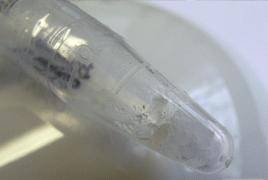Purpose: The aim of this study was to evaluate the ocular surface in patients treated with prostaglandin analogues considering contained preservative agent.
Methods: 60 patients with glaucoma or ocular hypertension treated with prostaglandin analogue monotherapy were enrolled in this observational study. 20 patients with glaucoma suspect or ocular hypertension without local or systemic glaucoma medication formed the control group. Demographic data and medical history were recorded for each participant. Patients filled in the Ocular surface disease index© (OSDI) questionnaire and underwent an ophthalmological examination including assessment of conjunctival hyperaemia according to Efron, tear film break up time (BUT) and fluorescein staining according to the Oxford grading scheme. Treated participants were divided into 3 groups according to the preservative contained in the currently used prostaglandin analogue: the preservative-free group (18 patients), the polyquaternium group (17 patients) and the benzalkonium chloride (BAK) group (25 patients).
Results: The control group had significantly lower fluorescein staining than the preservative- free group (p=0.001), the polyquaternium group (p=0.007) and the BAK group (p=0.002). The conjunctival hyperaemia was significantly lower in the preservative-free group compared to the polyquaternium group (p=0.011). There was no significant difference among the other groups. The difference neither in the OSDI score nor in the BUT was statistically important.
Conclusion: This study confirmed that the ocular surface is worse in patients treated with prostaglandin analogue monotherapy than in people without glaucoma medication. A significant difference among treated patients depending on a preservative agent was not proved.

